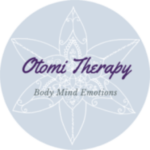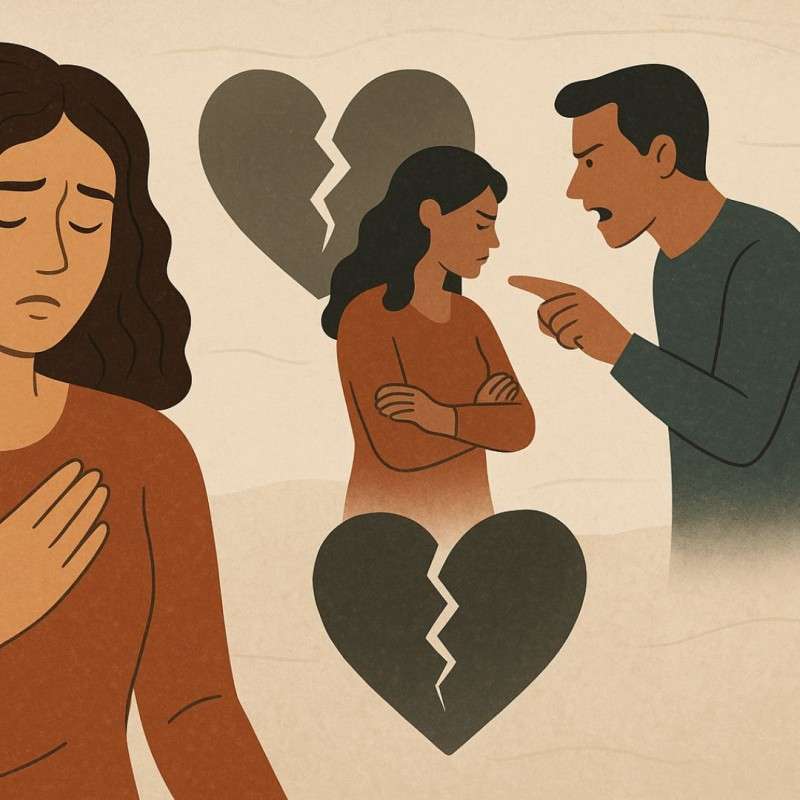Toxic relationships: Why Do I Keep Going Back?
Understanding Trauma Bonds and Reversed Boundaries
“I know they hurt me… so why do I keep going back?”
If you’ve ever asked yourself that question, you’re not alone. Many people caught in unhealthy or even abusive relationships feel trapped in patterns that don’t make sense—logically. But trauma doesn’t operate through logic. It operates through survival.
In this article, we’ll explore why people often return to their perpetrators, how trauma reverses boundaries, and how integrative trauma therapy can support lasting change—by addressing the mind, body, and nervous system.
🧠 Trauma Bonds: When Pain Feels Familiar
When someone we depend on hurts us—especially early in life—the nervous system can form trauma bonds. These are intense emotional ties based not on love, but on survival.
Sometimes the person who causes harm is also the one offering comfort afterward. This creates confusion, dependency, and a distorted sense of connection. It’s not weakness. It’s biology.
“Just because something feels familiar doesn’t mean it’s safe.”
Over time, we internalize the message: “This is what love looks like.”
This pattern can repeat itself in adult relationships—even when we consciously know it’s not good for us.
🔁 Reversed Boundaries: When Protection Turns Inward
In healthy relationships, boundaries are external:
“I won’t let you hurt me.”
But after trauma—especially in childhood—those boundaries often reverse.
“If I please you, shrink myself, or take the blame, maybe you’ll stop hurting me.”
This is known as reversed boundaries: we turn protection inward to keep the connection alive.
Children can’t leave. So instead, they adapt. They assume responsibility for the abuse or neglect to maintain attachment. As adults, this leads to:
- Difficulty saying no
- Feeling responsible for others’ emotions
- Confusing love with self-abandonment
- Staying in harmful dynamics because “maybe it’s my fault”
🔍 Key Distinctions Clients Explore in Therapy
Therapy begins by bringing clarity to the patterns. We often work through core distinctions like:
| TRAUMA PATTERN | HEALING CLARITY |
|---|---|
| Familiar = Safe | Familiar ≠ Safe |
| Love = Control | Love = Respect |
| Loyalty = Healing | Loyalty ≠ Self-abandonment |
| Shame = Responsibility | Shame ≠ Responsibility |
| Survival = Freedom | Survival ≠ Choice |
| Boundaries = Rejection | Boundaries = Protection |
“You survived by adapting. Therapy helps you choose differently.”
🌀 Why Insight Alone Isn’t Enough
You may understand what’s happening—but still feel stuck. That’s because trauma doesn’t only live in your thoughts. It lives in your nervous system, muscle memory, and emotional reflexes.
This is where somatic therapy, clinical hypnotherapy, and strategic psychotherapy come in.
🧘♀️ How My Integrative Approach Helps You Break the Pattern
At BodyMind-Therapy Tokyo, I offer a unique blend of:
- Strategic Psychotherapy: Identify and break mental loops that keep you stuck
- Clinical Hypnotherapy: Access deeper emotional beliefs and gently rewire them
- Somatic Therapy & Nervous System Work: Restore a felt sense of safety in the body
- Energy-Based Support (when appropriate): For clients open to subtle healing practices that align body, mind, and deeper intuition
Together, we’ll work to:
- Recognize and dissolve trauma bonds
- Reclaim healthy boundaries
- Release shame and self-blame
- Build emotional safety from the inside out
- Move from survival into conscious, embodied choice
💬 You’re Not Broken — You’re Adapted
“If you recognize yourself in these patterns, know this: You’re not broken. You’re adapted. And adaptation can be rewired—with the right support.”
It’s not about forcing yourself to “move on.”
It’s about understanding why you’ve stayed—and gently helping your system choose differently.
📚 Scientific Foundations of This Work
While this article is written in accessible language, the concepts are grounded in current trauma research and integrative therapy practices. For those interested in the science behind this work:
- Andersen et al. (2017) showed that Somatic Experiencing significantly reduced PTSD symptoms and movement-related fear in chronic pain patients after 12 months (PubMed ID: 28680540).
- Lumley et al. (2022) and Kind & Otis (2019) reviewed treatments for co-occurring trauma and chronic pain, emphasizing the importance of body-based approaches (PubMed IDs: 34338244, 36153083).
- A meta-analysis by Afari et al. (2014) linked childhood trauma with higher risks of chronic somatic syndromes like fibromyalgia and IBS (PubMed ID: 24336429).
- A 2021 scoping review supported Somatic Experiencing as an evidence-informed trauma therapy (PubMed ID: 34290845).
- A systematic review (2021) confirmed that a strong therapeutic alliance significantly improves PTSD treatment outcomes (PubMed ID: 34237173).
📞 Ready to Work Together?
I’m Emmanuelle Matsumura, an integrative trauma therapist based in Tokyo. I offer therapy in English and French, online or in person.
If you’re ready to break the cycle and reclaim your power, I’m here to support you.
🔗 [Book a Consultation]
📍 Tokyo-based | Online Worldwide
📱 Instagram: @otomi_therapy

